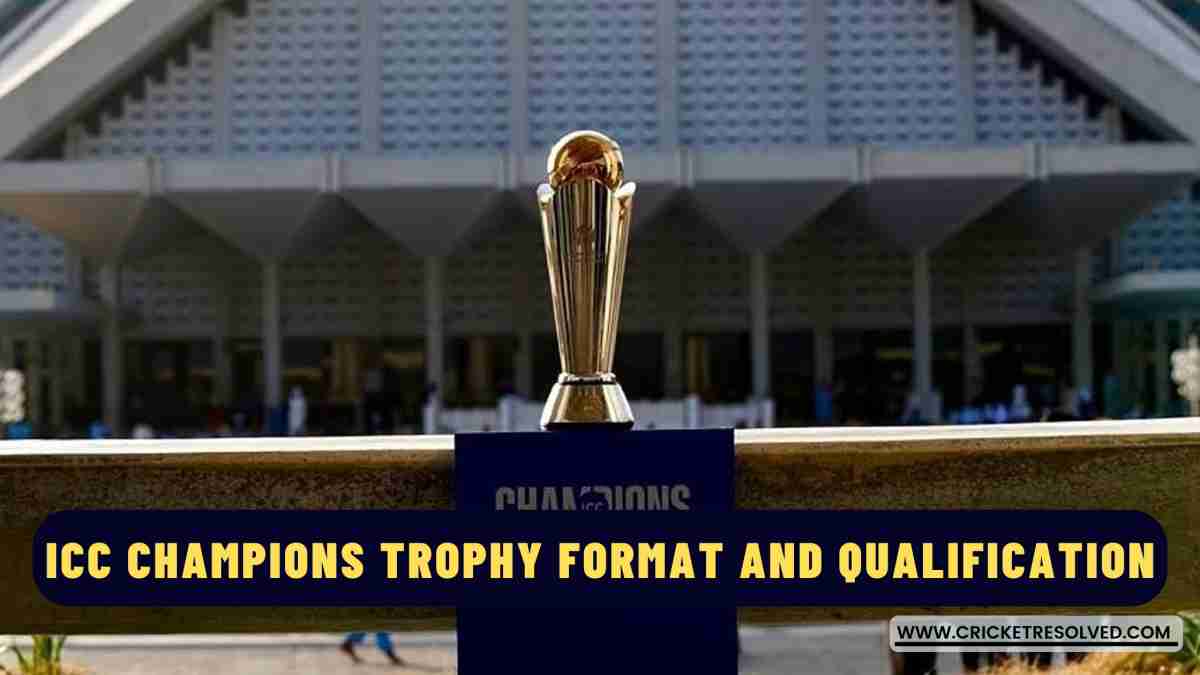
The International Cricket Council (ICC) wanted to raise some funds to expand cricket. And they started the Champions Trophy in 1998.
Back then, it was a mere knockout competition, removing one team after another going into the final. But now the format has changed quite a lot. The tournament has a group stage before the actual knockouts take place.
So here’s a rundown of the Champions Trophy’s current playing format, along with the qualification process.
How many teams participate in the Champions Trophy?
As many as eight teams participate in the Champions Trophy. And that has been the case since the 2009 edition.
Prior to that, though, the number fluctuated between nine and 12, with the 2002 and 2004 editions seeing the highest participation.
So how do teams qualify for the Champions Trophy?
The ICC decides the qualification process for the competition, which varies from time to time. For instance, to decide the eight participating teams in the 2025 edition, the ICC relied on the 2023 ODI World Cup points table.
A total of 10 teams featured in that tournament played in India. And eight of those, including Pakistan (CT 2025 hosts), qualified for the ninth edition.
Back then, the ICC revealed that teams (excluding Pakistan) occupying the top seven spots at the end of the 2023 WC would qualify for the Champions Trophy 2025. Pakistan, by virtue of being hosts, were already guaranteed a slot.
Since Pakistan finished in the top seven, the qualification scenario changed a bit, allowing the eighth-placed team to qualify for the event. And that’s how eight teams made it to CT 2025.
For the 2017 edition, though, teams gained qualification based on their global ODI rankings. Those occupying the top eight slots in the ICC ODI team rankings entered the tournament.
Now what’s the format like in the Champions Trophy?
So once the eight teams qualify for the event, the ICC draws them up into two pools. Each pool features four teams.
These teams then play against their pool members once in the round-robin stage. After that, the top two teams from both pools advance to the semi-finals.
Then two winners from the semis lock horns in the final. And as usual, the winner takes the trophy home.
Read Next | 9 Renowned Bilateral Test Series Trophies in Cricket



